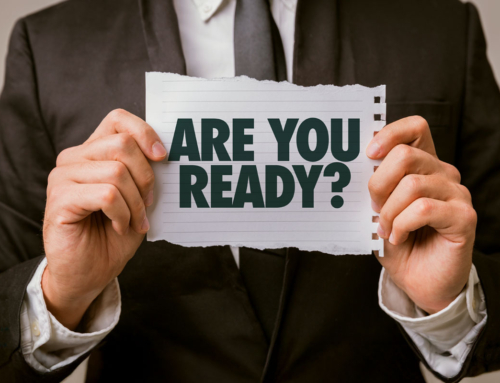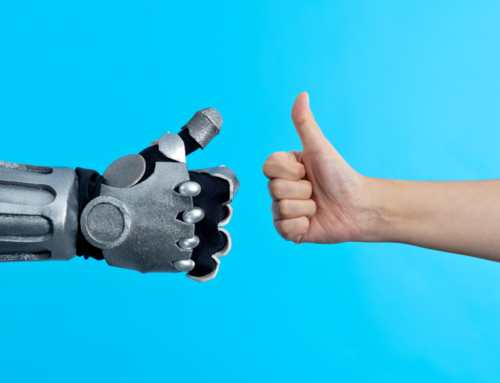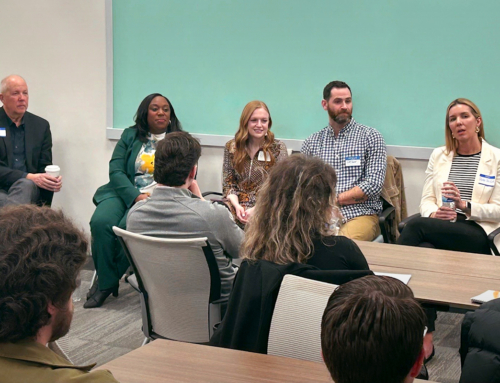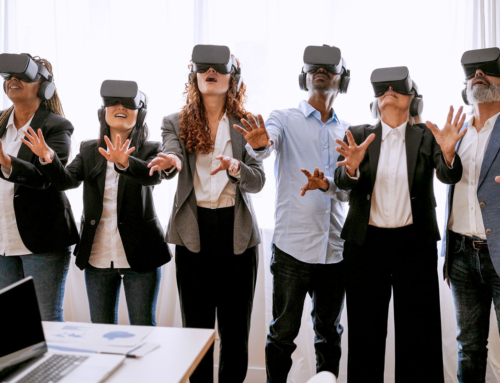It feels beyond trite to say the COVID-19 Crisis of 2020 is unprecedented. Even that word — unprecedented — seems to fall a little flat for its excessive use. Life-altering or world-changing seem to better catch the significance of the situation.
Whatever adjective is used, marketers and communicators need to do what they do. They need to develop, manage and protect those mission-critical relationships that move their product or service. World-changing or not, people have needs, commerce will continue, or re-start, and the retention of existing customers and employees (and the attraction of new ones) is job one.
We’ve developed a framework for communicating into, during and through this pandemic with those key audiences. Interestingly, this framework is generally similar to what we recommend to our crisis communications clients — to communicate into, during and through a crisis with those who matter most to your product or service.
All crisis events — defined as unplanned business disruptions that threaten key business relationships and, thus, brand value — are episodic. Before the crisis, things are normal. Then, something unplanned happens — the crisis — and disrupts business-as-usual. The organization then executes its crisis response to ameliorate the disruption. With the crisis resolved, the business returns to an operating rhythm that is either business as usual or, because of the timing, scale and scope of the event, a new normal.
The COVID-19 pandemic is a different kind of crisis. Let’s just take a quick look at timing, scale and scope compared to more standard business disruptions to see why:
Timing |
Most crises for businesses occur at a very defined moment in time: an acquisition is announced, an activist investor attacks, a worker is injured, a product is contaminated, a lawsuit is filed, etc. COVID-19 is rolling across continents, countries and regions seemingly at its own pace, sometimes rapidly and sometimes slowly. In addition to the actual reported illnesses, the fear and anticipation of this global virus is changing human behavior. This unique crisis event is prolonged; it isn’t happening in a moment. |
Scale |
COVID-19 is, by definition, a pandemic. It is global in scale. But, in many ways, its impact is local, whether defined as a country, a region or, in the case of the U.S., a state. We’re tuning-in daily for reports from mayors, local health commissioners, governors, state health officials, our president, our vice president and world-renowned experts. What’s the scale of this disruption? It’s everywhere. |
Scope |
As a global event, COVID-19 is impacting macro- and micro-economies. Whether plummeting global oil prices or the devastating financial impact of delayed elective surgeries on local hospitals, disrupted global food supplies or the shutdown of the neighborhood restaurant, postponed Olympic Games or cancelled high school sports, COVID-19 is impacting manufacturers and consumers, employers and employees, families, friends and everyone in-between. Its scope is historic and world-changing while altering human behavior at the family level. |
For marketers and communicators, the key to brand survival may be thinking strategically about what your key audiences are feeling and what they need from your brand at the various stages along the crisis continuum.
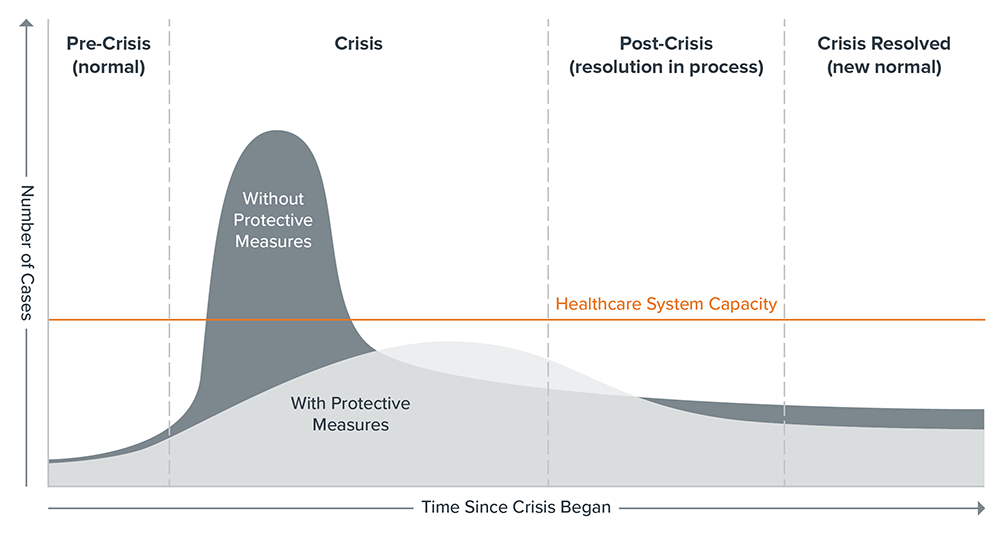 We are all certainly familiar with the COVID-19 curve shared by the Centers for Disease Control (CDC). It’s a staple of daily news briefings globally and a simple, powerful image that tells the story of life and death. Slack-off on protective measures, the virus attacks quickly and aggressively and sick people outpace capacity at local healthcare systems. More people die. With appropriate protective measures, the virus spreads more slowly, the curve is lowered and lengthened, and the healthcare system capacity is not overrun. Fewer people die.
We are all certainly familiar with the COVID-19 curve shared by the Centers for Disease Control (CDC). It’s a staple of daily news briefings globally and a simple, powerful image that tells the story of life and death. Slack-off on protective measures, the virus attacks quickly and aggressively and sick people outpace capacity at local healthcare systems. More people die. With appropriate protective measures, the virus spreads more slowly, the curve is lowered and lengthened, and the healthcare system capacity is not overrun. Fewer people die.
Marketers and communicators should consider this current crisis in the context of the COVID-19 curve and prepare for each phase. They should clearly understand what their key audiences are experiencing and, then, communicate based on what they need to hear from a brand, if anything, along the continuum.
The following graph was heavily influenced by the CDC COVID-19 curve and content from a recently published article by McKinsey & Company titled, “A leader’s guide: communicating with teams, stakeholders and communities during COVID-19.” (Note: This is one of the articles McKinsey has made publicly available during the COVID-19 pandemic.)
We’ve placed a Crisis Communications Continuum against the COVID-19 curve to indicate what key audiences are feeling as they move along the continuum, as well as what they need from the brand in terms of communications.
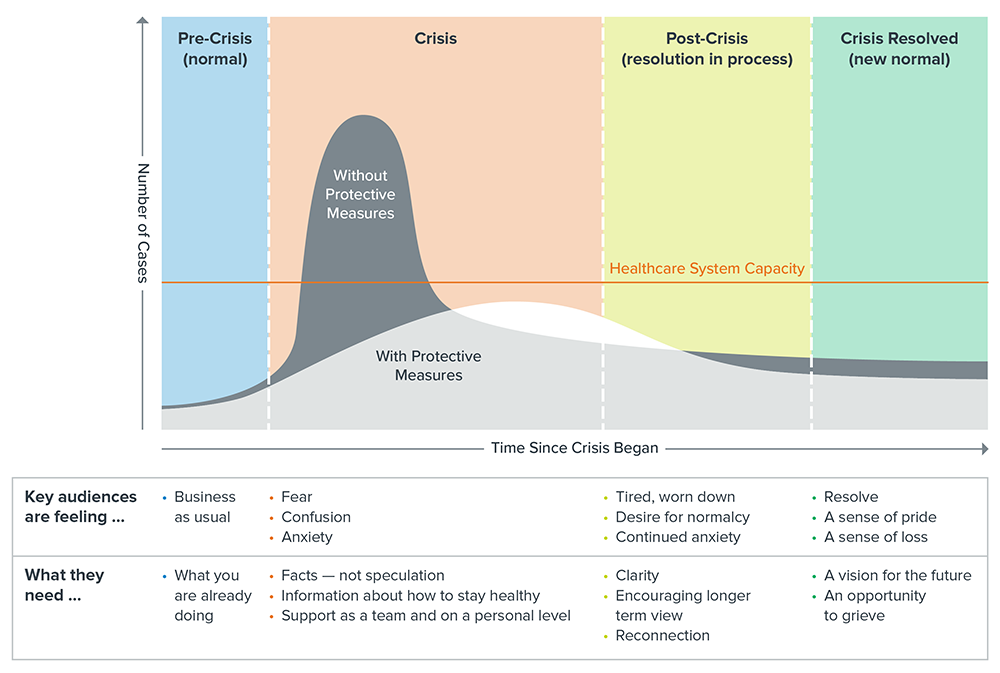
It is very important to acknowledge that the length of time for each of these periods along the Crisis Communications Continuum is neither precisely known nor knowable. Even more complicating, the length of the next phase is not relative to the length of the prior phase. That is one of the most disquieting things regarding COVID-19. There are still more unknowns than knowns about incubation and transmission. The lengths of the phases of the crisis are directly impacted by the behaviors of individual, businesses and governments.
We are clearly still in the crisis phase of the COVID-19 pandemic. There is still remarkable uncertainty despite recent talk of “re-opening” the economy. Entering the post-crisis phase will happen on a regional or state-by-state basis in the U.S. In Europe, it will happen country-by-country, and the same throughout Asia and other parts of the world.
And, many experts are discussing the possibility that the virus will return this fall, whether as a natural occurrence or resulting from human behavior (trying to return to normal too quickly). Regardless, a return to quarantines, stay-at-home orders and business closures will have an even more devastating impact on micro- and macro-economies throughout the world.
It is also possible for different companies to be in different phases at the same time, and it is possible, to move backwards on the curve at any given point (an employee contracts the virus and has exposed other co-workers) and the cycle can start over. Using Vehr as an example, we may be on recovery but dealing with clients or vendors who are in the heart of crisis because of a recurring outbreak (and their various stakeholders could be in different phases as well). Messaging is incredibly complex and as marketers and communicators, we have to carefully study where each audience (and their audiences) is on this spectrum.
It is the uncertain length coupled with non-linearity of the actual crisis and post-crisis periods that makes COVID-19 so different from other business disruptions.
Just as in normal times, marketers and communicators need to adjust. Few things in business ever go precisely as planned and contingency planning has always been a best practice. Yes, it’s different now. This is bigger. This is more complicated. The stakes are higher. But brand owners still need to adjust to survive or thrive.
With awareness of what your key audiences are feeling and what they need, plan for the post-crisis and crisis resolution phases. Things may not return to normal until a vaccine is developed and made available at scale. That could be at least a year. Can you survive being out of the market, or insensitive to what your employees, customers and other key audiences need for a year? Of course not.
Imagine the complexity and magnitude of this hypothetical situation presented by Jim Stengel, 25-year P&G veteran and its former Global Marketing Officer, in an April 22 interview with Digiday reporter Laura O’Reilly, “At P&G you might have been spending on 140 brands a month ago; maybe you should be spending on 30 right now in a much more focused way that can be more helpful to people in this situation.”
Unless one has worked at P&G, it is hard to comprehend the challenge for talented, brilliant and always competitive brand managers to stop marketing their brands, much less changing well-researched and heavily funded programs that have been in development for a year or more. The future of this house-of-brands may depend on its ability to do just that.
As complicated and unimaginable as all of this is, perhaps, marketers and communicators should do what they always do. Pay attention to what mission-critical audiences feel and need in the moment. Respond accordingly. Execute with professionalism. Plan for future scenarios. Be prepared to change.

